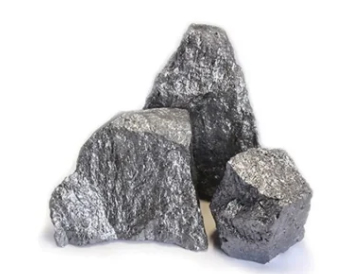
Hardenability, the ability of steel to achieve desired hardness and strength through heat treatment, is a crucial consideration in material selection and design. While alloying elements like carbon and manganese play significant roles, trace elements can also influence hardenability. Calcium, typically introduced in trace amounts, has emerged as an intriguing element with effects on steel hardenability. This article explores the intricate relationship between calcium and steel hardenability, delving into its mechanisms, benefits, challenges, and implications.
Hardenability is the property that dictates how deep into a material's cross-section hardness can be achieved during heat treatment. It is a pivotal factor in determining a steel's suitability for specific applications, such as in gears, tools, and structural components. Achieving the desired hardness distribution can impact a material's mechanical properties, wear resistance, and overall performance.
The Calcium Factor: Enhancing Hardenability:
While calcium is often associated with deoxidation and inclusion modification, its role in steel hardenability has gained attention. The addition of calcium, even in small amounts, can influence hardenability through its interaction with other alloying elements and the microstructural changes it induces.
Calcium's impact on steel hardenability primarily involves its interaction with non-metallic inclusions, which can act as nucleation sites for grain growth during heat treatment. The formation of calcium-containing inclusions can alter the transformation behavior of steel, leading to the formation of finer grain structures and promoting a more uniform distribution of hardness.
Benefits of Calcium-enhanced Hardenability:
The introduction of calcium to improve hardenability offers a range of benefits. The formation of finer grains during heat treatment results in more consistent hardness distribution, reducing the risk of uneven mechanical properties within a component. This refinement also enhances the steel's response to quenching and tempering processes, leading to improved strength and toughness.

While the positive effects of calcium on steel hardenability are evident, challenges exist in controlling the introduction of calcium and its potential interactions with other alloying elements. Over- or under-addition of calcium can result in undesired effects, affecting both the hardenability and other material properties.
Applications and Implications:
The implications of calcium's role in steel hardenability extend across industries that demand precise control over material properties. From automotive parts subjected to demanding loads to cutting tools requiring superior wear resistance, calcium-enhanced hardenability offers a pathway to creating components that meet exacting performance standards.
In the intricate dance of metallurgy, the role of calcium in enhancing steel hardenability adds another layer of complexity to material design and production. Through its interaction with inclusions and microstructure, calcium impacts the transformation behavior of steel during heat treatment, ultimately influencing hardness distribution and mechanical properties. As industries continue to demand materials with tailored attributes, the exploration of calcium's contribution to steel hardenability stands as a testament to the ongoing pursuit of innovative solutions in the world of metallurgy.

Write a Message